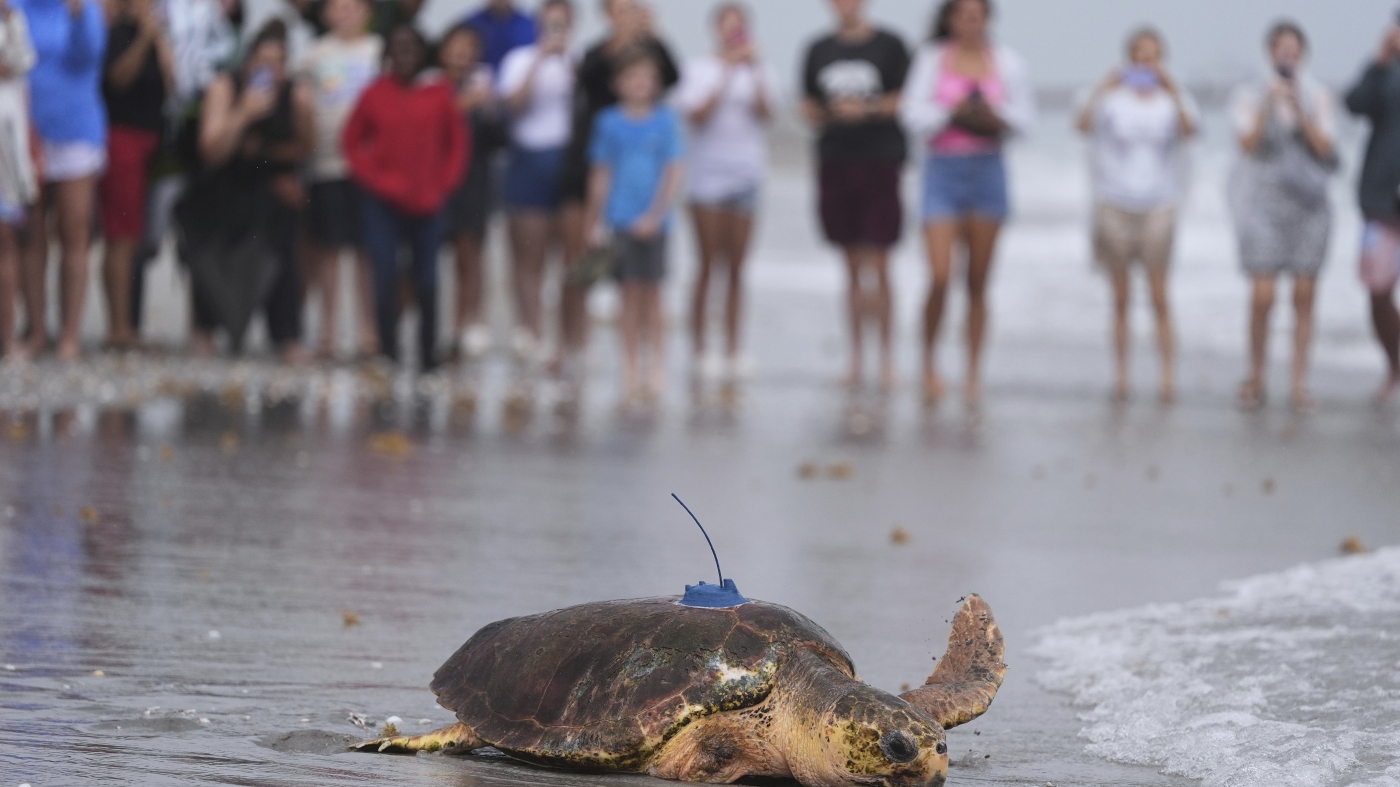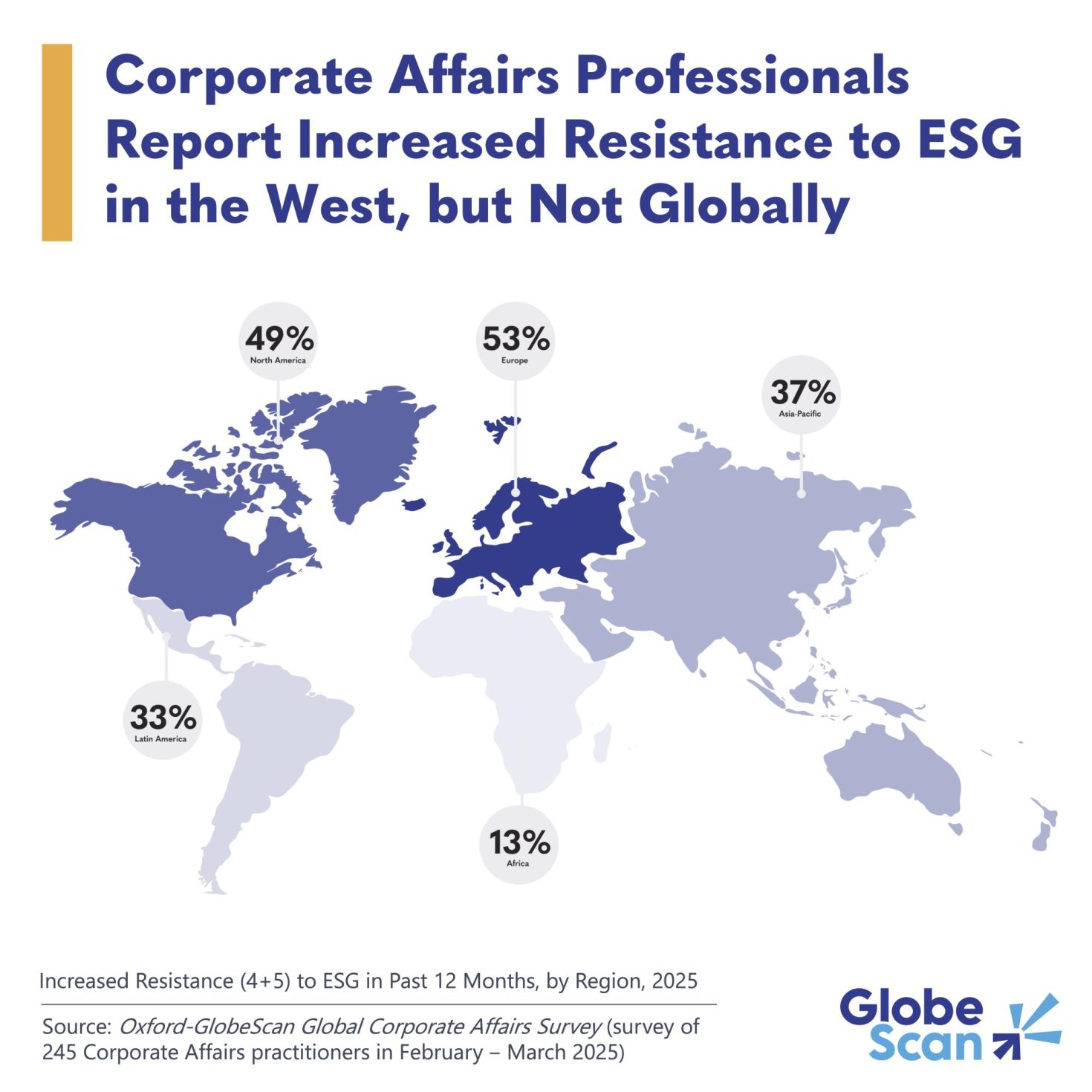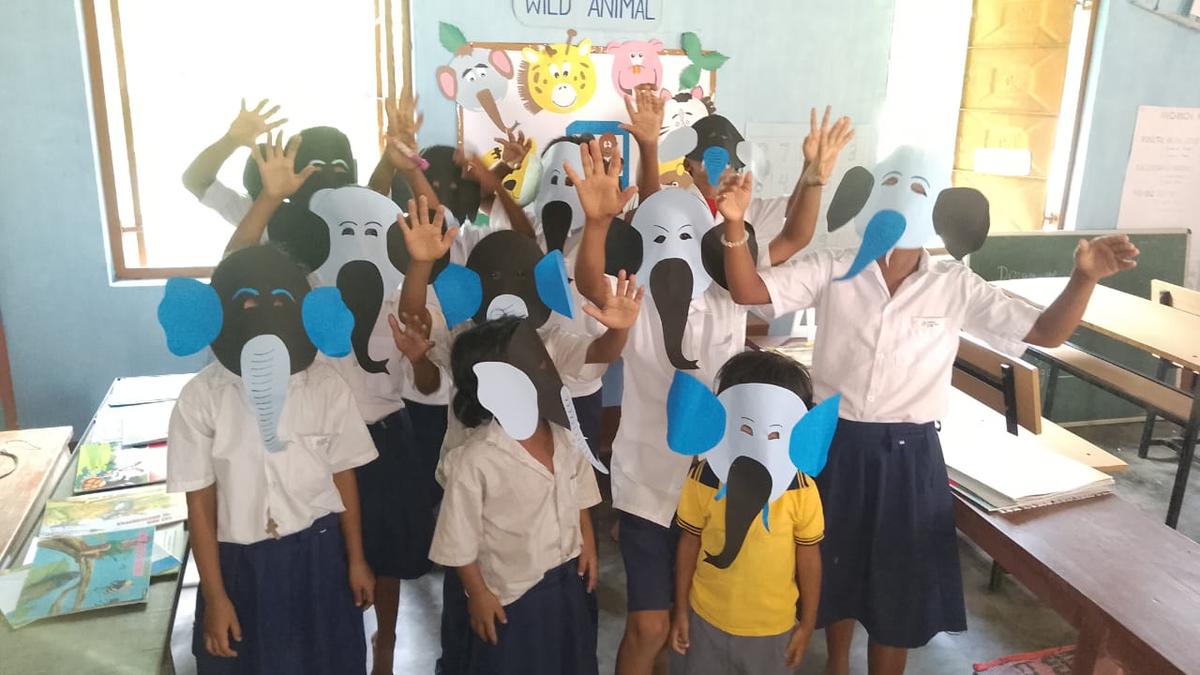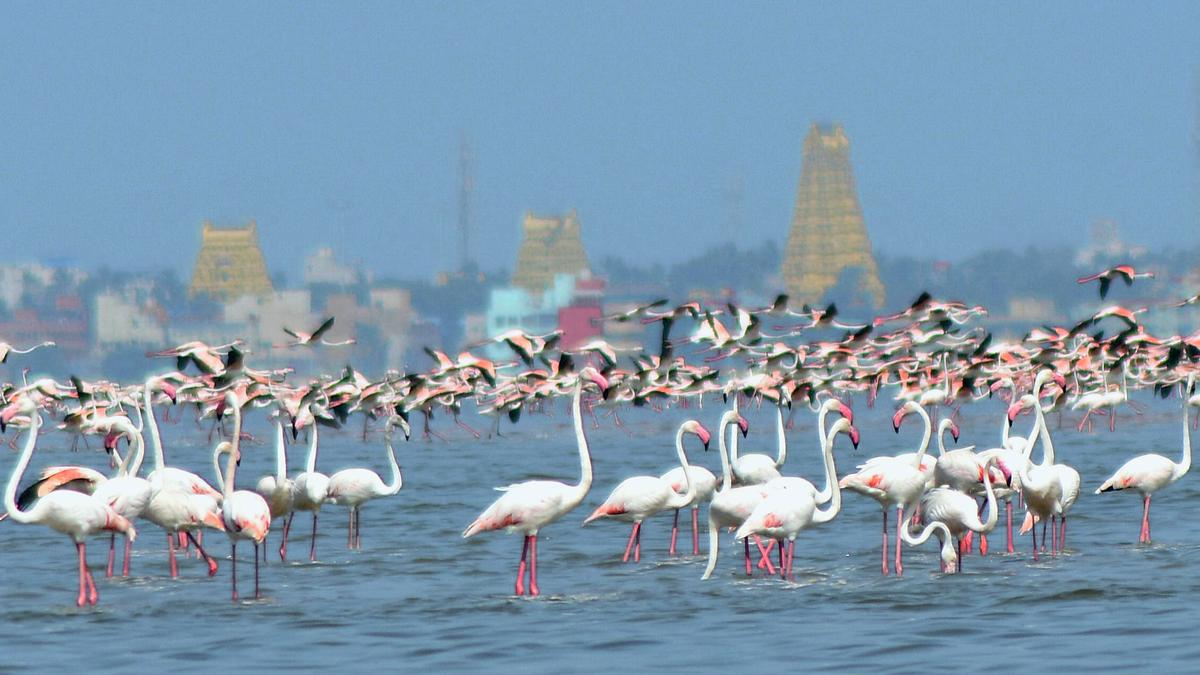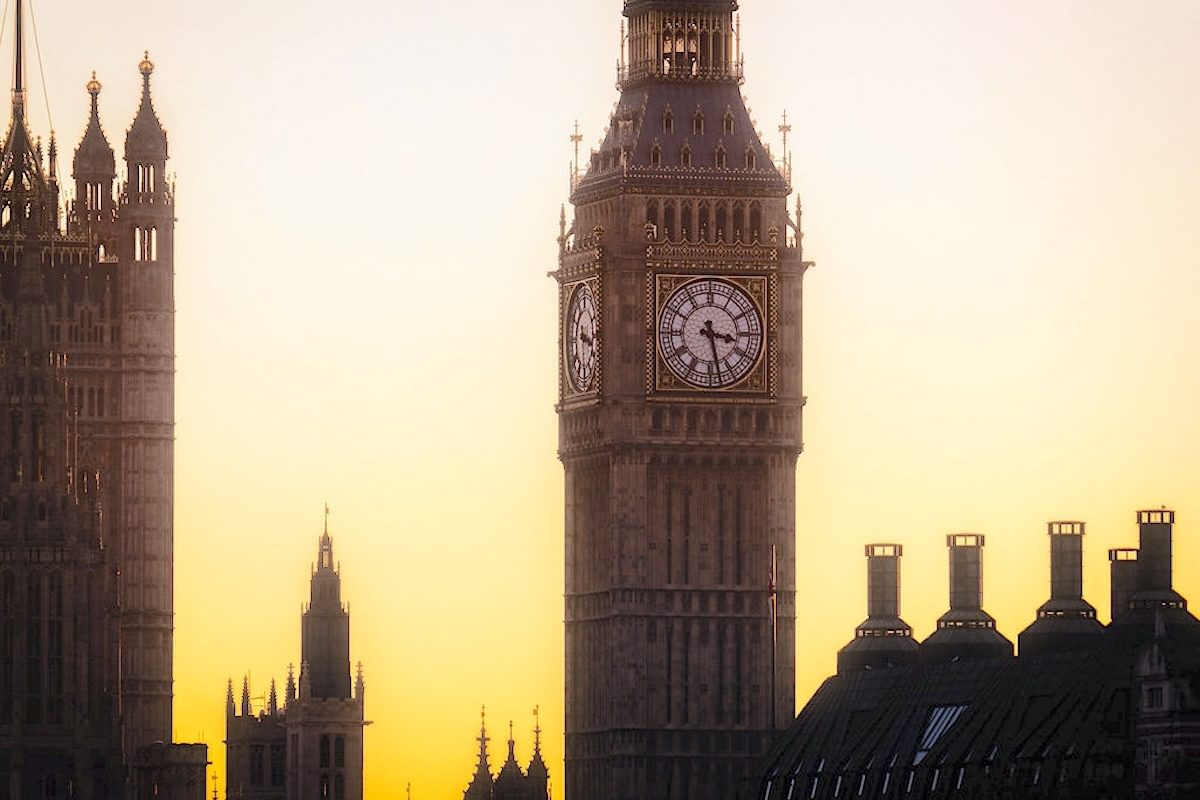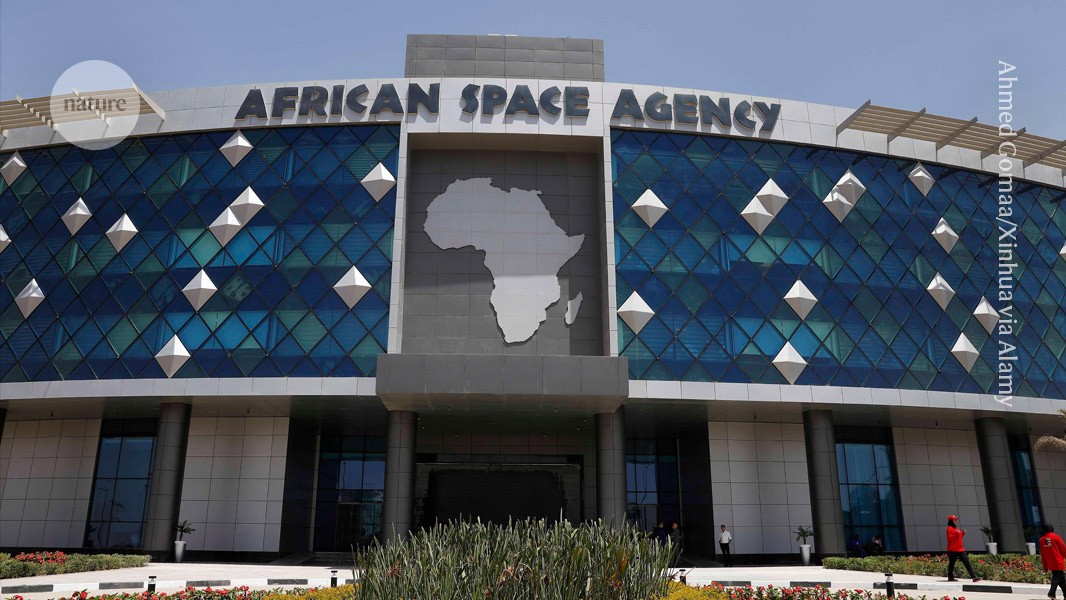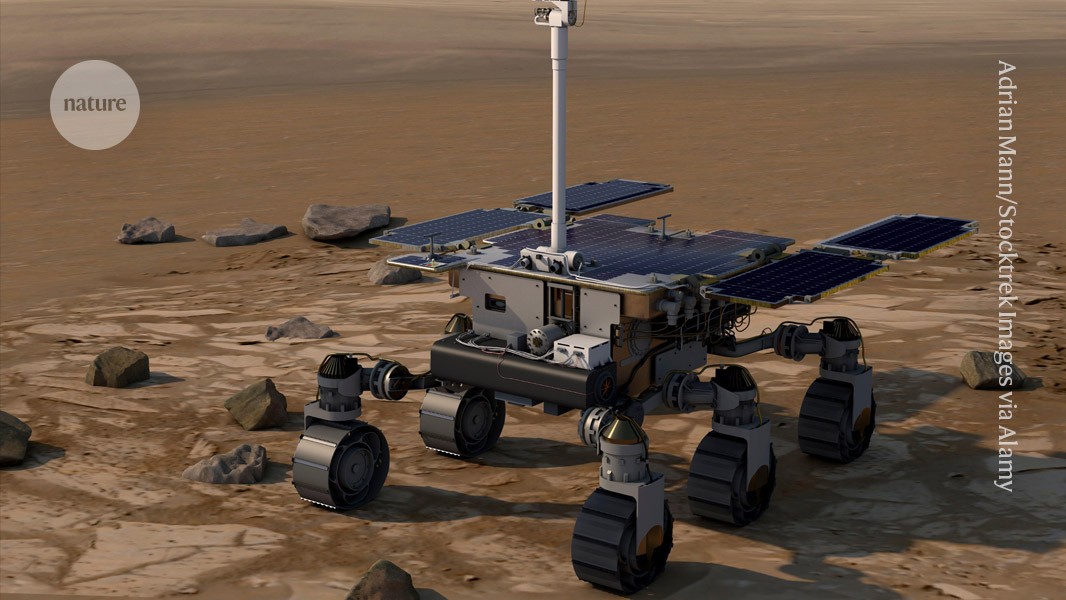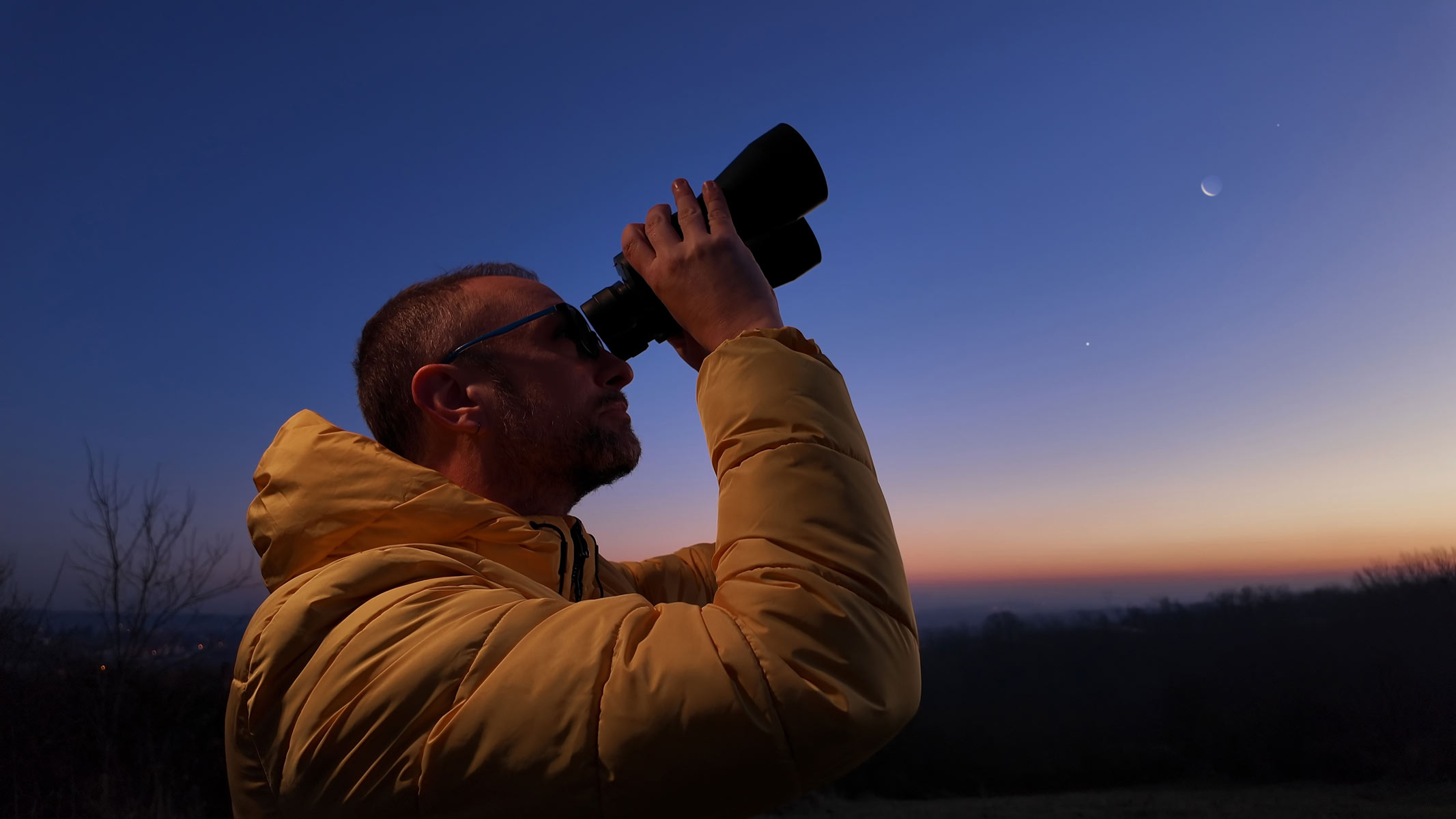The Virtual Expo 2025 Can't Match The Real Thing
We recently attended Japan's Expo 2025, weighing up how this World's Fair compares with its virtual counterpart.


We recently attended Japan's Expo 2025, weighing up how this World's Fair compares with its virtual counterpart.
Expo 2025 is a World’s Fair of old, dragged into the present. For those less familiar, World’s Fairs have existed since the late-19th century for both countries and powerhouses of the private sector to showcase national pride and progress on the global stage. It’s part soft-power politics and part science and tech fair, a concept that means you’ll have Astro Boy exploring iPCS cells and the future of healthcare, star-shaped mascots singing about America, the Land of the Free (and AI), and a Monster Hunter XR showcase in the same location.
The historic impact of these events can’t be overstated. The Eiffel Tower was created for France’s 1889 World Expo, while other fairs saw the public debut of both the Ferris Wheel and the mobile phone. In summary, these events are snapshots of the world as it exists at the time, as well as what it could be in the future. Expo 2025 won the rights to host its event in 2018, and thus was fully realized and begun construction in the depths of the COVID-19 pandemic and the metaverse craze.
Even pre-pandemic, Japan proposed its Expo 2025 would explore the theme of ‘Designing Future Society for Our Lives’. How could we create a sustainable society of the future where humanity can rethink its current way of life while still retaining its potential to thrive? The event places front and center in promotional material that this is the ‘laboratory for a future society’, a testing ground all about saving, empowering and connecting people.
If you’re crafting a major showcase under these parameters in the lockdown depths of 2020, why wouldn’t you propose a Virtual Expo for your event? In the physical world, everyone is invited to Osaka, Japan, to see Expo 2025 for themselves. For those unable to make the trip, this would be the first such event accessible worldwide virtually, allowing countries and corporations to showcase themselves on a global stage from the comfort of their own home.
Looking at how many Japanese events still embrace virtual communities, it's not even like the concept of a virtual event is a remnant of the past or out-of-step with the attempts of other organizations in the country. Online communication and events didn’t disappear with the lockdowns - we still use Zoom, and Tokyo Game Show continues to support its virtual rendition even as its in-person event returned to full capacity.
The difference is, people are now actively seeking in-person connection and fun, rather than remaining stuck behind a screen. If Virtual Expo: Yumeshima Islands in the Sky (named after the Yumeshima artificial island the event is hosted on in Osaka) is to succeed in this environment, it needs to bring a unique experience simply not possible elsewhere, even at the show itself.
The Virtual Expo is supported on phones, PC and VR devices, and admittedly delivers a strong first impression when I jumped in a few days before my planned visit. Far more than your average VRChat world, the Virtual Expo is a dedicated free application that offers enough content to feel like a full game, rather than a secondary experience. After logging into your Expo account you enter a full avatar creator that, though admittedly limited to a few set facial styles, costumes, hairstyles, plus hair and skin colors, still gives players ample ability for self-expression.
You’re then dropped into the application’s hub world where you can meet the charming and adorable Soramin, before being released to explore the expo. Refreshingly, this is far from a static hub, and events take place virtually at the same rate as the real thing. If there’s a National Day inside the real Expo 2025, it’s also that day virtually, filled with virtual flags. As a World Expo with the expectation players of all cultures and languages will join, there’s even an in-built translator for voice and text chat for multiple languages so you can talk and meet strangers and friends inside the event.
On paper and when first booting the app, it feels like a real but distinctly virtual event, filled with endless things to do and pavilions to explore. Until you dig closer.
There’s a sense of contractual obligation with the event, a clear example of many countries being forced to participate while soon realizing the Virtual side of the expo was far from a priority. Each virtual island hosts a selection of pavilions and virtual experiences that players are encouraged to physically walk between and explore at their leisure. The Soramin and the event’s mascot, Myaku Myaku, are often enjoying their own cute activities in the open spaces that help these places feel alive. Some will even give you emotes for communicating with other players or new costumes.
These islands recreate the floor plan of the expo on a 1:1 scale that’s surprisingly helpful if you jump from the virtual to the physical Expo (the real event is not the most intuitive to navigate, to the point I still found new pavilions even in the latter stages of a 10-hour day). It was useful creating a mental map by wandering the virtual expo, only to see it aid my exploration when I visited Osaka later that week.
The virtual pavilions themselves, however, are a mixed bag. Many are non-existent, simply forcing players into long load times only to find an empty room with a blurry stock image of an artist’s render of the pavilion with a text description for what the real Expo 2025 offers. With flashy exteriors replicating the real thing to make each of these buildings look enticing, these copy-paste template pavilions are all-too common. From a sample of roughly 40 virtual pavilions, over 50% followed this exact formula, similar to going to a party only to watch the door get locked in front of you just as you're about to approach.
Some countries did attempt to create something. Mozambique had a walkthrough where they had speakers discussing parts of their culture and prowess as a developing nation alongside some stunning photos of the people, and you even got a free costume to wear around the pavilion as you left. Even these showcase another drawback, relying on YouTube videos that barely function in order to portray anything that can’t be rendered via simplistic 3D models or text boxes.
There are a few pavilions that embrace the virtual nature of this experience to deliver something thematically similar to their real-world equivalent that embraces the new medium. Amidst the private and national pavilions available at Expo 2025 are six Signature Pavilions, constructed under the supervision of artists and professors from across Japan to challenge the event’s theme and embrace their craft.
Each is promising on paper: professor and roboticist Ishiguro Hiroshi explored the future of life itself, while artist Ochiai Yoichi questioned the humanity of digital technology with an experimental showcase that would scan attendees and create high-quality duplicates to meet and converse with, a question of how to identify and retain humanity in an AI and digital future.
For the latter, without the ability to scan attendees, this core aspect of the pavilion is impossible to recreate in VR. Rather than give up on the idea entirely though, a disorienting experience is crafted instead that captures the intent of causing visitors to spiral and question their self and status in a virtual space. It’s a little terrifying for its chaotic structure, but somehow it works.
Pavilions like this, or the Panasonic pavilion that turns the drawings of kids to life to capture the spark of human creativity, show a path these pavilions could have taken to make these virtual experiences meaningful and distinct. Instead, Virtual Expo is an empty space of broken dreams, without even the promised gaggle of attendees you could speak with in order to experience it with others.
One benefit is the ability to virtually watch special talk sessions occurring at the real-world Expo - in aid of the theme and national days, guests are occasionally invited to discuss sustainability and topics of social consciousness, from rebuilding communities after earthquakes to water sustainability. You can watch them here, though even these are YouTube livestreams you could more easily watch without the application.
It’s a nice idea that people unable to visit Osaka can experience the event virtually, with the motivation to meet people and customize an avatar while doing so. But it hardly creates an experience of visiting a World’s Fair when all you get in many cases are empty rooms or YouTube videos. Yet after visiting the Expo itself I’d go further, and argue that this Virtual Expo is a showcase of the fundamental flaws at the heart of the maximalist view of the metaverse. Even if this app delivered the best possible virtual rendition of the Expo, it misses the point: it’s impossible to craft the spontaneity of human connection and discovery virtually, at least for now. And that’s ok.
It was a warm-yet-cloudy Thursday when I visited Expo 2025, and I had methodically researched my trip ahead of the event out of excitement and a desire to get the most out of my day. As silly as it may sound, the idea of a World’s Fair was exciting for me, a chance to try new things, and there were pavilions I’d been recommended and seen in guidebooks I thought I simply must visit. I made some reservations for entry in advance for some pavilions, while others I simply planned to make bookings on the day or line up to visit. France had classic art, Poland had Chopin, and there was a taiko matsuri only there on the day I visited! I was excited!
That plan was discarded almost immediately, bar those few reservations, and my day was improved by embracing whatever came my way. If anything, the most joy came where I least expected it. As I waited for my first reservation with the knowledge there was no time to check anything meaningful before my time slot, I stumbled upon the Malaysia pavilion. On a small raised platform at the entrance of the pavilion were dancers engaged in traditional Malay dance. It was mesmerizing.
I’m not one to profess expert knowledge on this topic, but the smooth movements and playful interactions between the male and female dancers were a joy to watch, skipping from heel to toe with precision and grace. Toward the end of their routine, they ran into the crowd, pulling me and many other attendees of all nationalities onto the stage to join them. For five minutes, we learned the basics, and attempted to mimic their movements as we joined in their dance. By the end, everyone was cheering, and people across languages and cultures were hugging and applauding one another for the opportunity we just had to dance with each other as strangers united.
A virtual expo, even in its ideal form, is limited to whatever a developer intends and can script into the programming. You could still have a fun conversation or meet new people virtually, but there’s a degree of control over what you can and can’t do or say. It changes even how you approach the event, viewing pavilions not as a chance to learn but as a checklist and objective to complete (the Virtual Expo encourages this with a promised reward for seeing them all). Only by attending the real thing were my eyes opened to countries I knew little about before visiting, and I had experiences I never would otherwise.
At Expo 2025 I ate African curry with authentic ingredients and I got talking to a stranger in line for one pavilion where we shared stories of our lives. In the Virtual Expo I rode a fake train in space pushing AI and got requests to mint NFTs.
I like VR and the potential for experiences that go beyond what is possible in other mediums, but it can never replace what makes us human and the joy of even minor interactions spawned by coincidence. Technology can enhance our lives, but whether it’s AI chatbots replacing friendships or a virtual hangout over a physical meetup, to be human means spontaneity that can’t be scripted into code.
Is there a platform that can one day capture that sense of spontaneity in human connection one finds walking down the street and smiling at another human? And the touch on my fingertips when I’m being dragged into a dance lesson with everyone else? Perhaps, but not right now. Perhaps never, if we continue down this particular path we call the metaverse in its current form.
The Virtual Expo can’t match the joy of the real thing, for it is the joy and strife that can’t be planned. If you happen to find yourself in Osaka before October, visit Expo 2025 and embrace the idea of learning about the world beyond your own with strangers. Perhaps you can give the Yumeshima Island in the Sky a miss.


